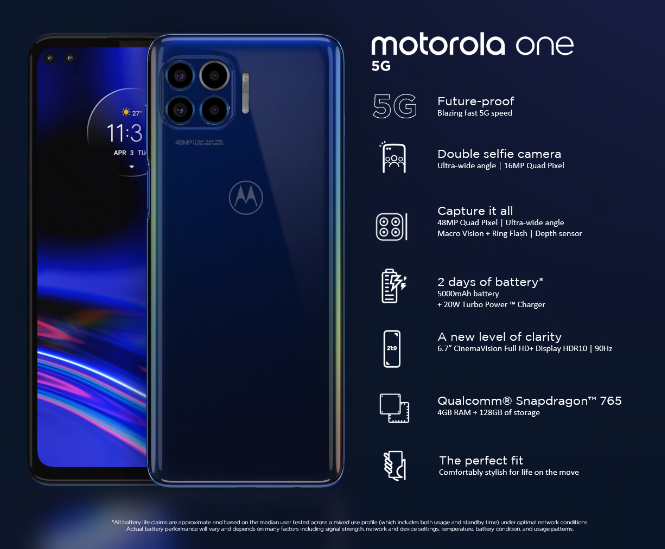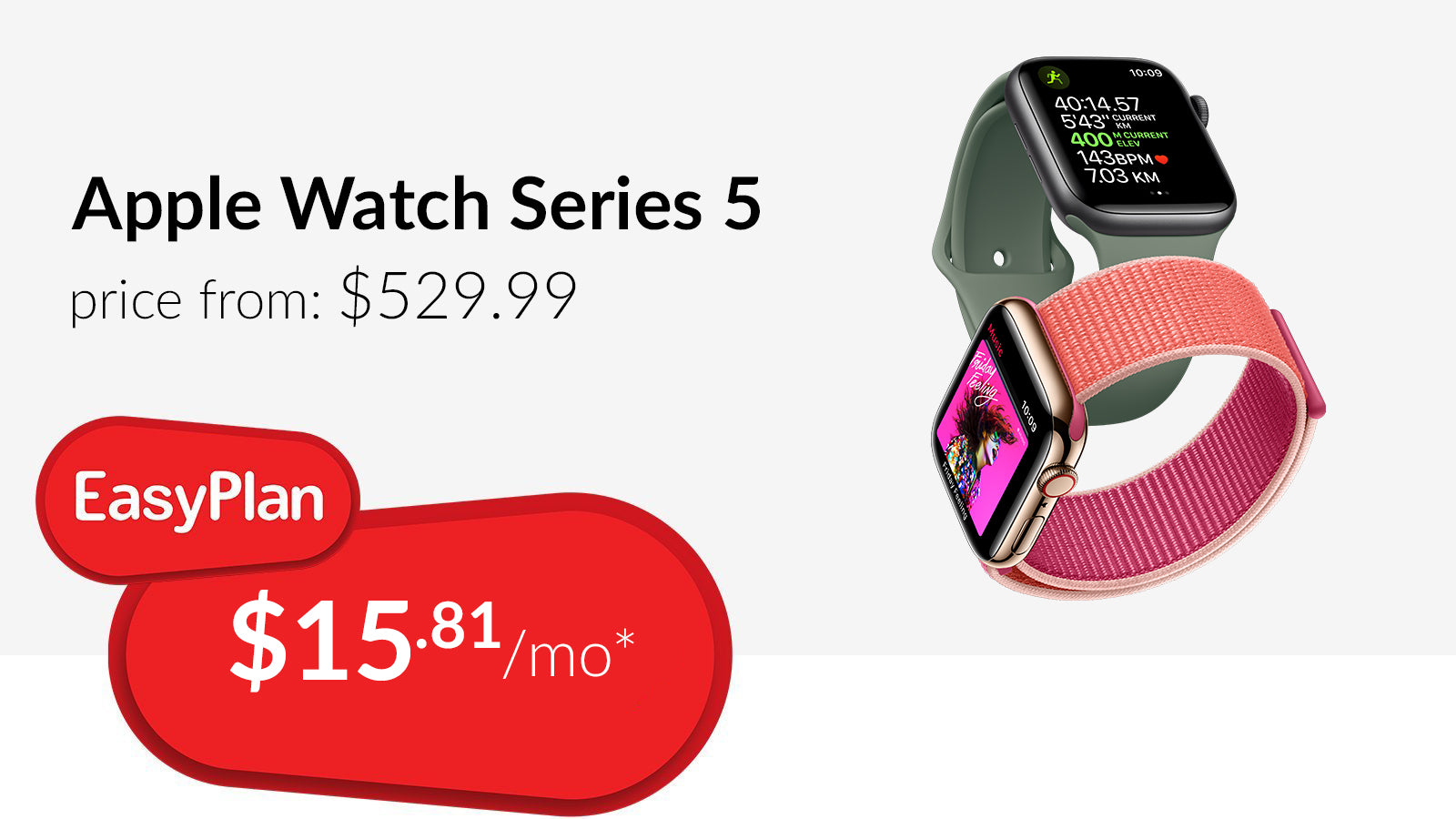Written by a Grade 12 Student (International Business)
Introduction
Companies all over the world benefit from using marketing techniques to influence their customers into spending more on a premium product when making a purchase. Although, when it comes down to the quality of the item or service received, are customers paying for an equally valued upgrade or falling victim to a brand premium?

According to a report by NeilsenIQ, consumers are willing to purchase products for more than 20% if they associate it to be a premium over the competitors. Companies analyse these values expressed by their target demographic and implement these desires such as social status, self-esteem and personal beliefs to justify the price markup when releasing a new product/service.
Apple’s Premium
One of the most profitable premium companies on the market today is Apple. A trillion dollar company famous for creating an ecosystem of luxury electronics internationally. Currently the iPad lineup are dominating the tablet industry, with their iPhone and MacBook line ups considered to be Canada’s favourite with 40% of all Canadians buying into the market as of 2019.
But compared to their competitors, Apple’s products in recent years have been lacking in feature advancement. In certain areas falling up to 5 years behind other products on the market.

Motorola One
At a price of $399 USD , the Motorola One 5G’s features are on par or exceed most features shared with Apple’s latest flagship model. Packing lots of up to date features expected in a smartphone for a small markup. For nearly $1,000 less than Apple’s price, yet due to a lack of company branding, the phone is outsold by more premium companies.

iPhone 12 Pro
The iPhone 12 Pro starts at a costly price of $1399 USD. Considering it only costs $406 USD to manufacture and ship the product, this creates a 71% markup solely due to it’s branding. This may be justifiable to some users despite the phone also lacks in areas such as battery life, sizing and OS features compared to it’s competition.
On paper, the price markup that Apple implements when selling their products may seem ridiculous. But it is the advertising methods that they have used throughout the years that have allowed Apple to mark-up their products and still keep customers inclined to buy. For this reason, it is important that you understand these tactics and consider them when making a financial decision to ensure that your purchases meet reasonable standard of what you justify a premium product.
Where to Spot These Premium Marketing Strategies
Many companies use all sorts of marketing tactics to entice buyers into purchasing their product without much thought. These three strategies highlighted are some of Apple’s methods that keep demand strong for their whole ecosystem.
The Reciprocity Principle
It is known that people associate a “premium” with a product that benefits the owners equally to their business with the company. Apple understands that ease of use is a major point of profitability and focuses a lot of resources to keep their products linked together. To get the full experience of a certain Apple product, often times these seamless connectivity features will be linked to first-party products only. Meaning that as a user, you will need to spend more with their company to get the full experience. This tactic allows for Apple to brand it’s product as something that can “connect to your computer in seconds”. But to receive the benefit, you must also purchase a $1,200 MacBook as any other laptop doesn’t support the feature. So when it comes to the fancy features advertised in a product reveal, it is import to factor in if this premium is an ease for the consumer or a potential profit point for the company.
Foot-in-the-Door Technique
Apple also uses the foot-in-the-door technique to influence sales of their products and keep customers engaged with their services. When making a purchase on an Apple product, most of the time you will receive a free one year membership or an upgrade to your Apple Care protection package for a short duration of time. Using this strategy allows Apple to compensate the cost with free rewards that make the product appear to be a lesser value upfront. Once the sale is made and the year of service expires, Apple expects the customer to be used to the service for awhile and no longer associate the new monthly charge as a surplus to the product, making Apple more profit in the long-term from your purchase. So when it comes to making a larger luxury purchase, be sure to analyse all parts of the final cost and neglect additional services from influencing the cost of the product.

Financing
A common practice in marketing is the ability to finance a product to a customer for a heavily reduced upfront cost than purchasing the item or service outright. Apple has financed their products through carriers for years but recently took the business model into their own stores as well. This pricing strategy is effective as it allows the consumer to pay as little as nothing upfront and pay a certain fee each month towards paying off the product. Apple uses this method to entice sales by incorporating it with their product launches. Taking the iPhone for example, they are able to attract customers from all ages from 16+ to finance a phone over a 24 month period. The trap is that once the plan is over, a new product releases and influences the customer to upgrade free of charge, continuing the cycle for years to come, not to mention any fees or ties your payment may acquire under a contract.

Therefore, when looking for a product take sometime before making a large purchase to determine whether or not a product is as premium as it seems and reflect on whether or not all aspects of the product justify a large increase in the item/service itself solely due to the company it’s tied to.
For additional information check out:
Hi Justin, I found your blog to be really insightful, and it is very well-written. You’ve written a great post that has opened up my eyes to see the premium marketing tactics that Apple and other companies employ on their consumers. It is very interesting to learn how Motorola makes cheaper phones with better features and quality, whereas Apple phones don’t have the same good features, however just because it’s an Apple product, even if it’s worse it costs so much more. Also, I loved how you added extra resources for readers to learn more about these tactics, they are very helpful. I look forward to reading more of your future posts!